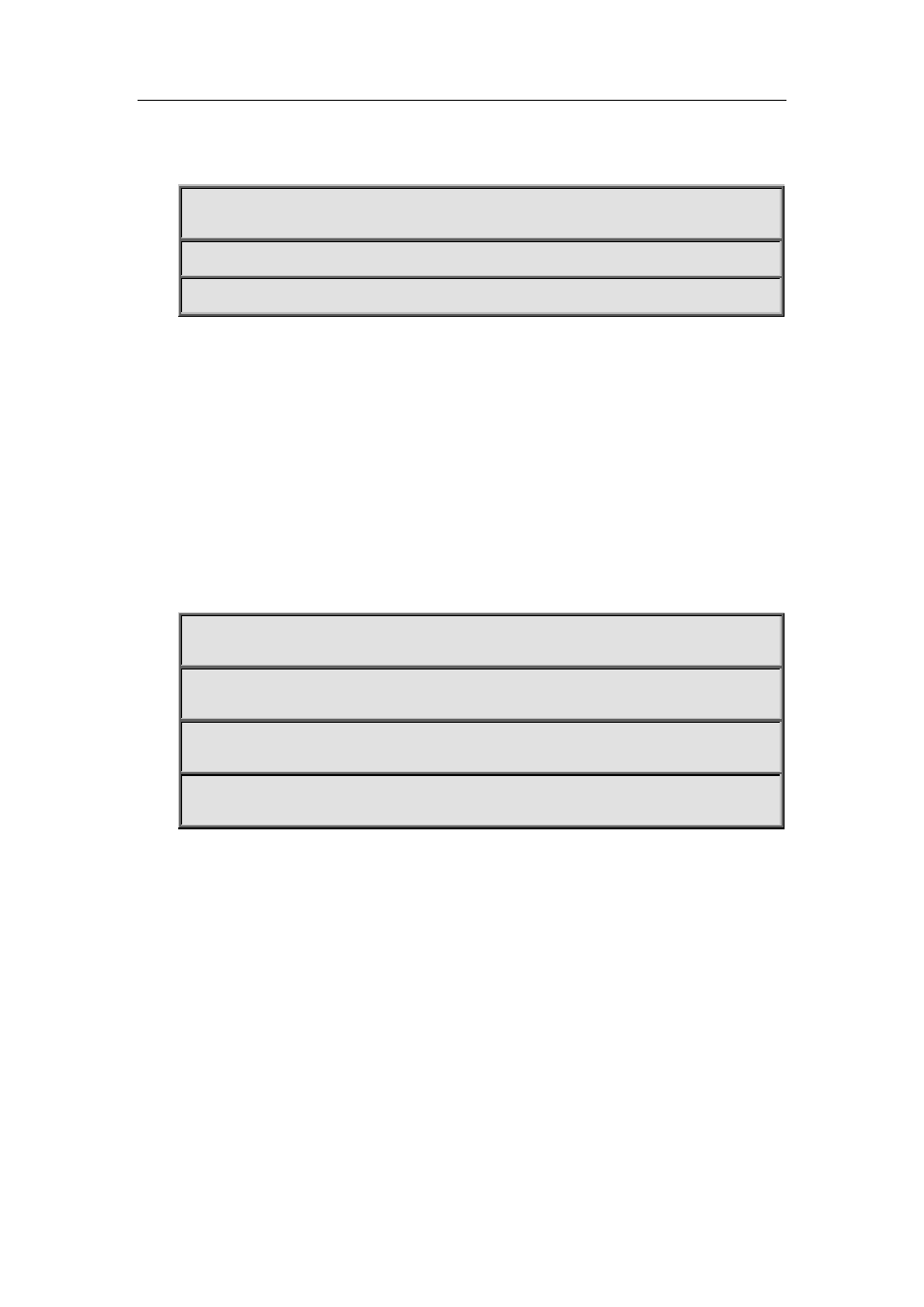74 neighbor soo, 75 neighbor strict-capability-match, Neighbor soo – PLANET XGS3-24040 User Manual
Page 549: Neighbor strict, Capability, Match

35-262
set, will applies as soon as it restarts so to reduce consumptions of switching with other routers. The
command is only available when the route refresh capability is not enabled
Example:
Switch(config-router)#neighbor 11.1.1.120 soft-reconfiguration inbound
35.74 neighbor soo
Command: neighbor
no neighbor <ip-addr> soo <soo-val>
Function: Configure the origin source from the neighbor route
Parameter: The neighbor IP address show in dotted decimal notation
<soo-val> is the origin source ,which the format is the same with RD
Command Mode: vrf mode
Usage Guide: If the user AS connects with several ISP devices, to avoid the user route returns to itself
through P area, this attribute can be set. Once this attribute is set, it spreads with route. routes carrying
SOO attributes will not be spreader to a neighbor configured with the attribute
Example:
Switch(config)#ROUTER BGP 100
Switch(config-router)#address-family ipv4 vrf DC1
Switch(config-router-af)# neighbor 11.1.1.64 remote 200
Switch(config-router-af)# neighbor 11.1.1.64 soo 100:10
After this attribute set, the switch will no longer spreads the route with 100:10 rt attribute to 11.1.1.64.
(what have to be mentioned here is that the soo attribute will be judged together with other rt attributes,
which means if the rt is configured with the same attribute, it will be regarded as the origin neighbor even
if it’s not the real origin source. As a matter of fact, the normal configured soo are a single configuration
which is different from rt/rd and unique within the accessible scope. In this way can only the origin
concept be exactly expressed)
35.75 neighbor strict-capability-match
Command: neighbor {
no neighbor {
Function: Configure whether strict capability match is required when establishing connections. The “no
neighbor {
Parameter:
